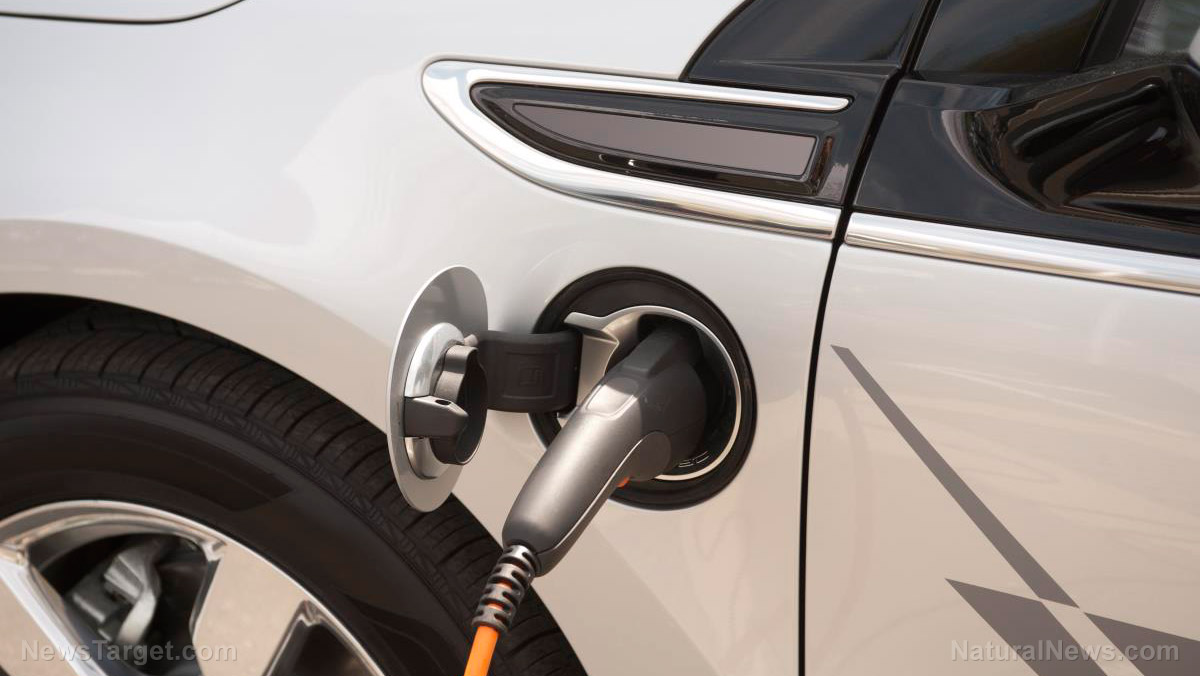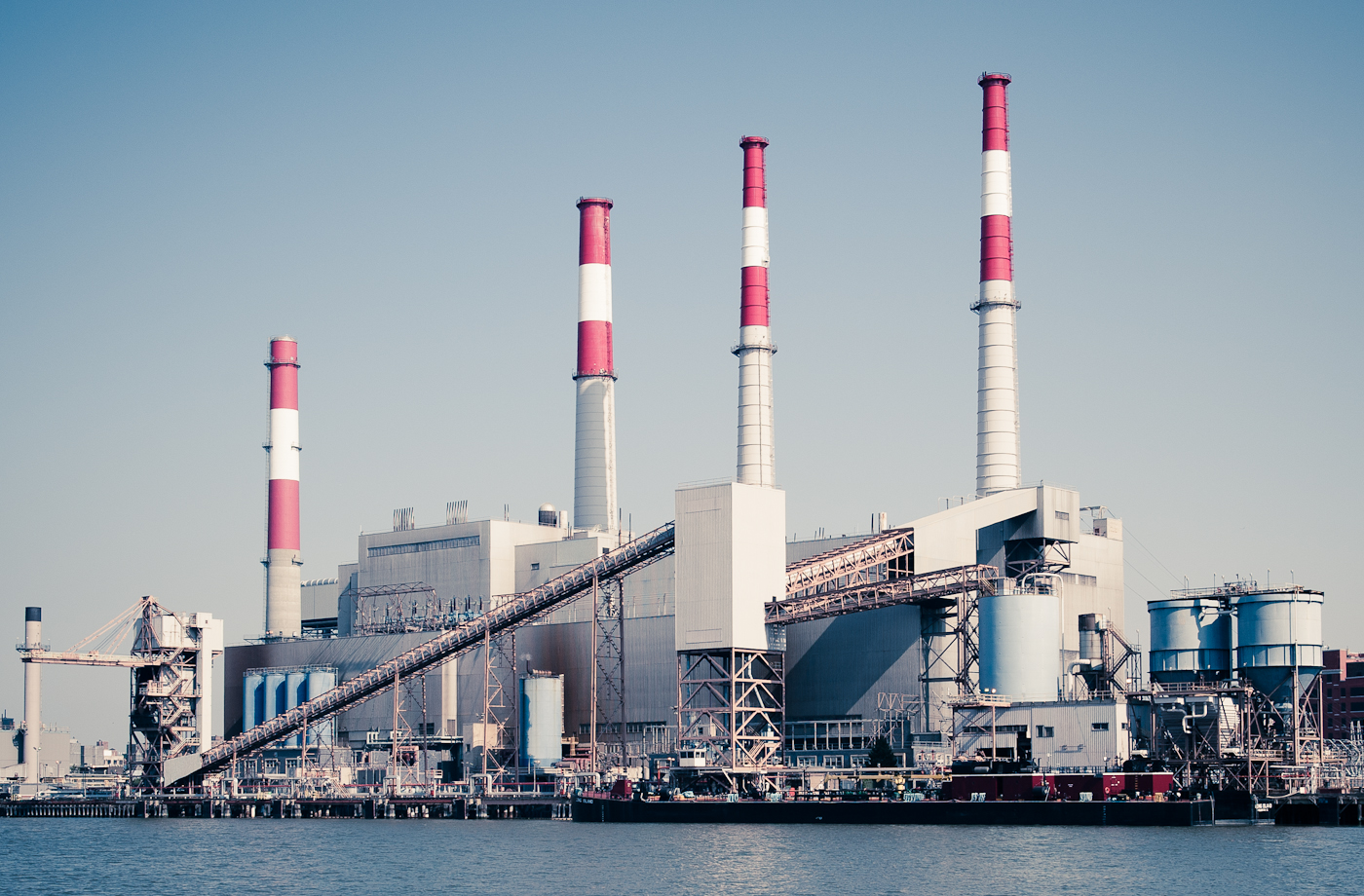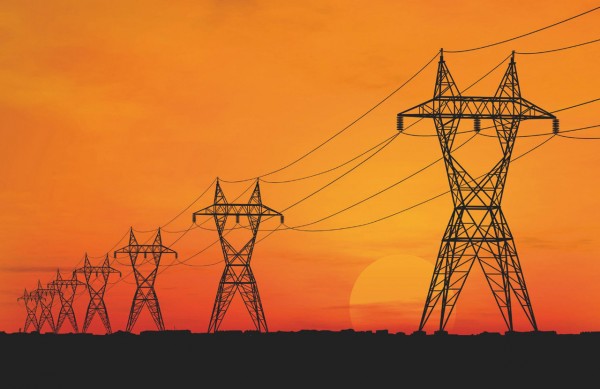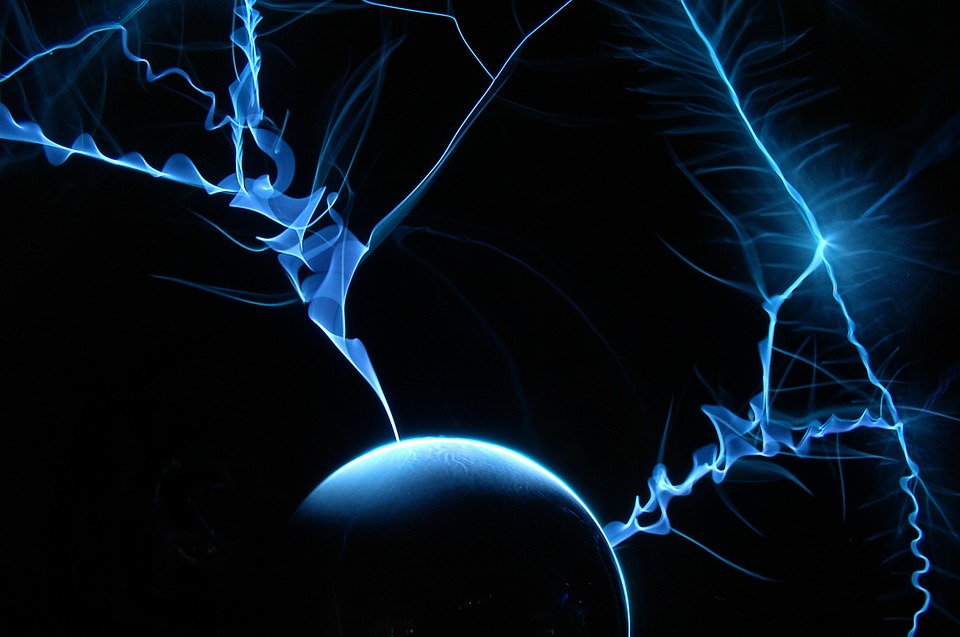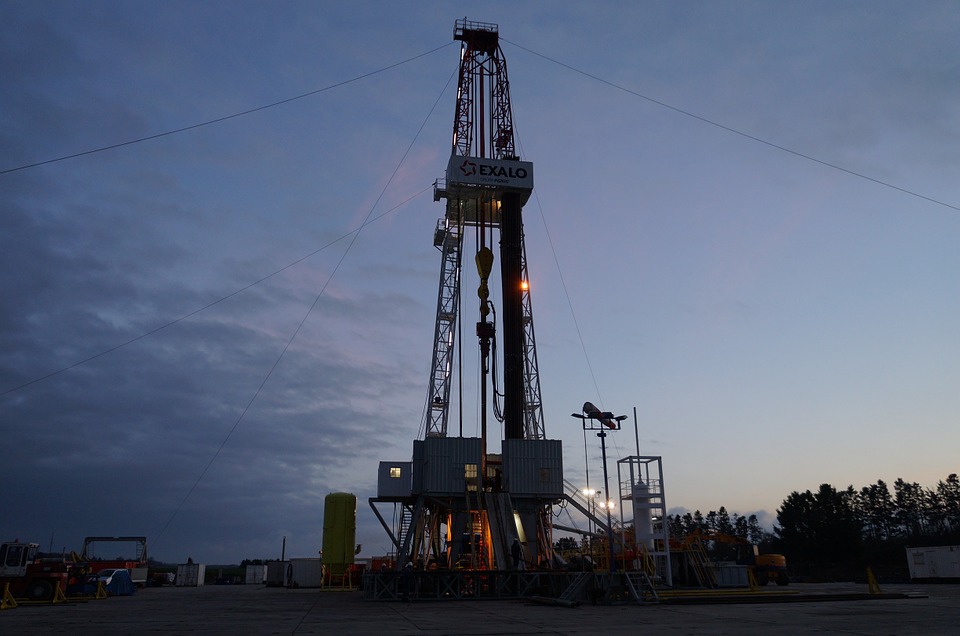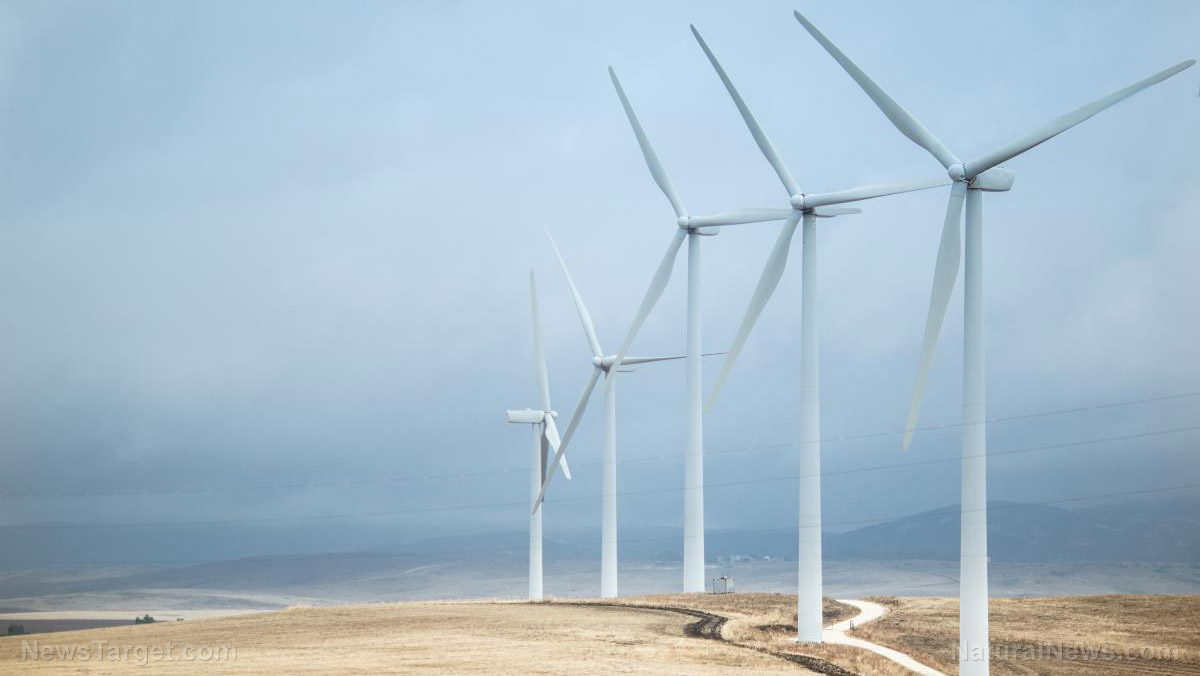Form Energy CEO claims iron-air battery can “fully retire thermal assets like coal and natural gas”
07/27/2021 / By Nolan Barton

Form Energy Inc. on Thursday, July 22, unveiled its first commercial product – a rechargeable iron-air battery capable of delivering electricity for 100 hours at system costs competitive with conventional power plants and at less than 1/10th the cost of lithium-ion.
Made from iron, one of the safest, cheapest and most abundant minerals on Earth, the battery can be used continuously over a multiday period and will enable a reliable, secure and fully renewable electric grid year-round.
Form Energy’s battery can solve one of the most elusive problems facing renewable energy: cheaply storing large amounts of electricity to power grids when the sun isn’t shining and wind isn’t blowing.
“It’s the kind of battery you need to fully retire thermal assets like coal and natural gas,” said the company’s co-founder and CEO Mateo Jaramillo, who developed Tesla Inc.’s Powerwall battery and worked on some of its earliest automotive powertrains. (Related: Coastal town in Western Australia reaches 100% renewable energy milestone in demo.)
Also on Thursday, the startup company announced the $200 million funding round led by a strategic investment from steelmaking giant ArcelorMittal SA, one of the world’s leading iron-ore producers. The company is also supported by Breakthrough Energy Ventures, a climate investment fund whose investors include Microsoft Corp. co-founder Bill Gates and Amazon.com Inc. founder Jeff Bezos.
“Form Energy is at the leading edge of developments in the long-duration, grid-scale battery storage space. The multiday energy storage technology they have developed holds exciting potential to overcome the issue of intermittent supply of renewable energy. They are exactly the kind of ambitious and innovative company we are seeking to invest in through our XCarb innovation fund,” said Greg Ludkovsky, global head of Research and Development at ArcelorMittal.
Form Energy’s founding team has 100 years of battery experience
Since Form Energy was created in 2017, it has attracted speculation and intrigue within the industry due to the track records of its founders – Jaramillo and Yet-Ming Chiang, a professor at the Massachusetts Institute of Technology who co-founded A123 Systems Inc., a lithium-battery pioneer.
Jaramillo and Chiang recruited other battery-industry veterans. “The founding team has 100 years of battery experience,” said Chiang. “We’re the alumni of a generation of failed battery companies who all came back for more.”
In early 2018, they began small-scale tests using small pieces of metal wrapped in hardware-store hose clamps at the bottom of translucent measuring cups. The company tested different configurations: sulfur-iron, sulfur-air, sulfur-manganese and iron-air. By the end of the year, iron-air looked the most promising.
In 2020, Form Energy caught a break. It needed a critical battery component called a cathode that is resistant to water but breathes oxygen. An Arizona battery company, NantEnergy Inc., had spent a decade building such a membrane for a zinc-air battery. Owner Patrick Soon-Shiong, a billionaire biotechnology entrepreneur who owns the Los Angeles Times, wound down operations last year to focus on other investments.
Form Energy bought its patents as well as its inventory of thousands of cathodes. “Having this piece nailed down allowed us to hit the accelerator,” said Jaramillo.
The company said its iron-air batteries will be capable of affordable, long-duration power storage by 2025 if all continues to go according to plan.
Jaramillo pointed to the low-cost iron pellets as the company’s key advantage in the rapidly evolving battery space. Its prototype battery, nicknamed Big Jim, is filled with 18,000 pebble-size gray pieces of iron, an abundant, nontoxic and nonflammable mineral.
The nickel, cobalt, lithium and manganese minerals used in a lithium-ion battery cell currently cost between $50 and $80 per kilowatt-hour of storage, according to analysts.
Using iron, Form estimated that it will spend less than $6 per kilowatt-hour of storage on materials for each cell. Packaging the cells together into a full battery system will raise the price to less than $20 per kilowatt-hour, a level at which academics have said renewables plus storage could fully replace traditional fossil-fuel-burning power plants.
“We conducted a broad review of available technologies and have reinvented the iron-air battery to optimize it for multiday energy storage for the electric grid. With this technology, we are tackling the biggest barrier to deep decarbonization: making renewable energy available when and where it’s needed, even during multiple days of extreme weather or grid outages,” said Jaramillo.
Race is on to develop cost-effective energy storage system
Regulators and power companies are under growing pressure to deliver affordable, reliable and carbon-free electricity, as countries around the world seek to reduce the greenhouse-gas emissions linked to climate change.
It has been widely agreed that a combination of wind, solar, geothermal and nuclear power mixed with short-duration lithium-ion batteries can generate 80 percent of electricity. The final 20 percent will require some type of multiday storage. (Related: Federal tax credit may be rolled out for standalone energy storage systems.)
“That first 80 percent we know the technology pathway, and it is already cost competitive,” said Jeremiah Baumann, deputy chief of staff at the Department of Energy. “We have a good sense of the technology for the final piece. The real question is which technology is going to get its cost down and get into the marketplace.”
Form Energy’s battery will compete with many other approaches in what is becoming a crowded space, as an array of startups race to develop more advanced, cost-effective energy storage techniques. The company’s iron-air battery breathes in oxygen and converts iron to rust, then turns the rust back into iron and breathes out oxygen, discharging and charging the battery in the process.
Several companies are heading to market with different battery configurations, such as solid-state designs. Some think pumped water storage or compressed air can be used more widely to bank energy. The European Union is pushing the use of hydrogen to store and generate power.
Others are focusing on carbon-capture technology to make gas- and coal-fired power plants emission-free, which would reduce the need for storing energy.
“There is a Cambrian explosion of new storage technologies and in a Darwinian sense, they are not all going to survive. But the prize is huge both for investors and for society,” said Ramez Naam, a clean-energy investor.
Follow Power.news for more news related to renewable power.
Sources include:
Submit a correction >>
Tagged Under:
breakthrough, carbon-free electricity, discoveries, electricity, fossil fuel, future science, innovations, iron pellets, iron-air battery, power grid, power plant, renewable energy, renewables
This article may contain statements that reflect the opinion of the author
RECENT NEWS & ARTICLES
Electricity.News is a fact-based public education website published by Electricity News Features, LLC.
All content copyright © 2018 by Electricity News Features, LLC.
Contact Us with Tips or Corrections
All trademarks, registered trademarks and servicemarks mentioned on this site are the property of their respective owners.

